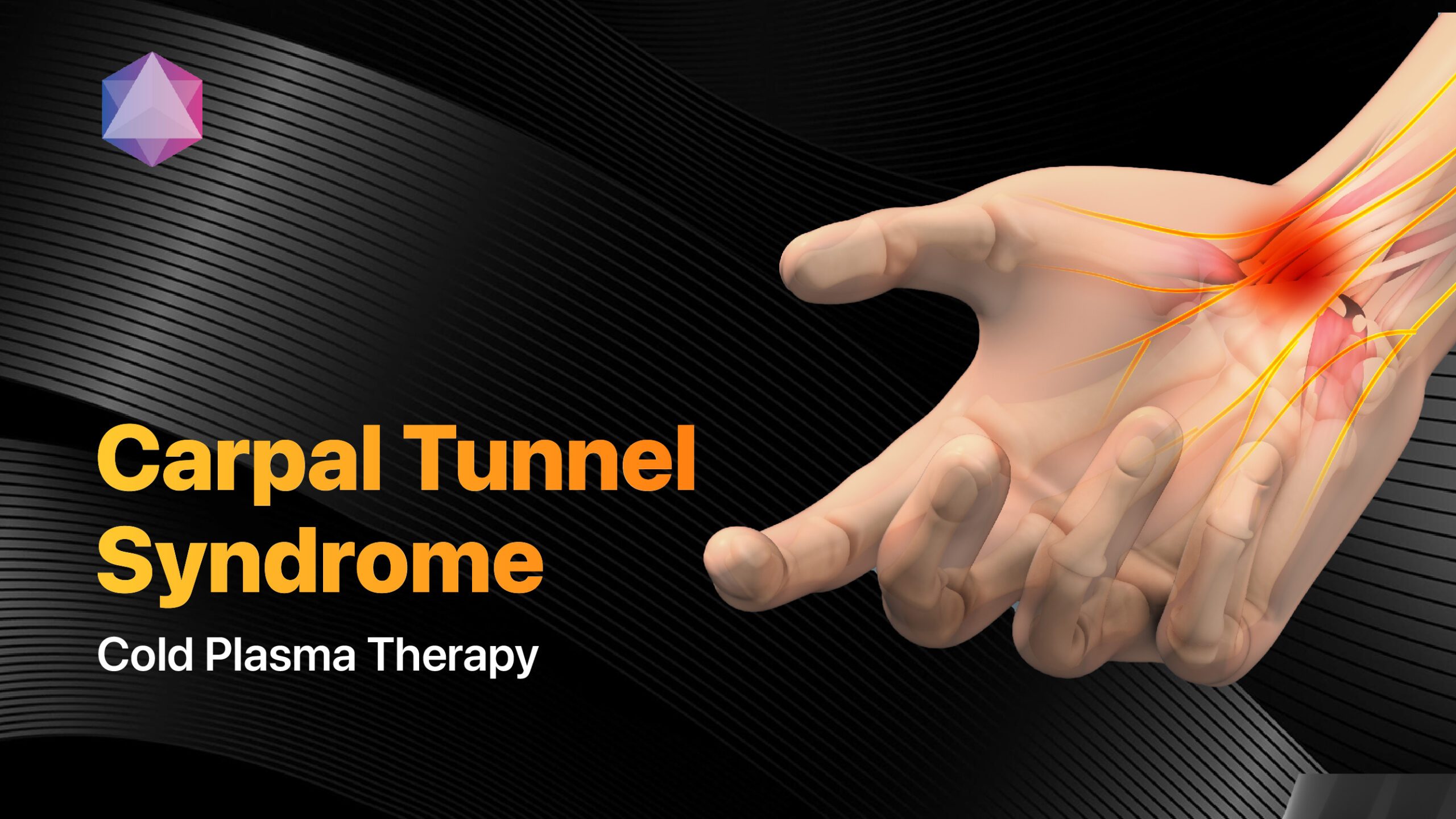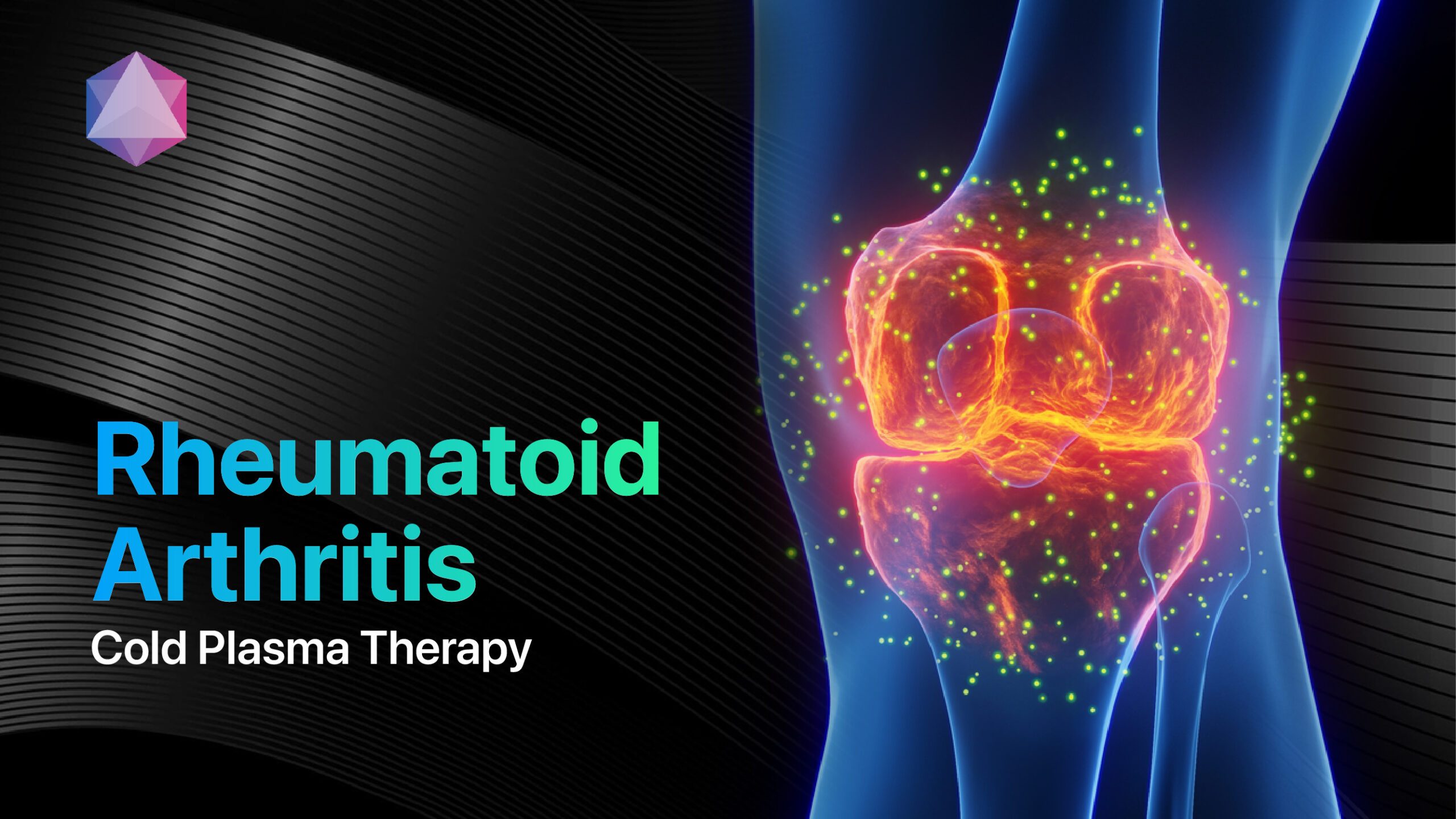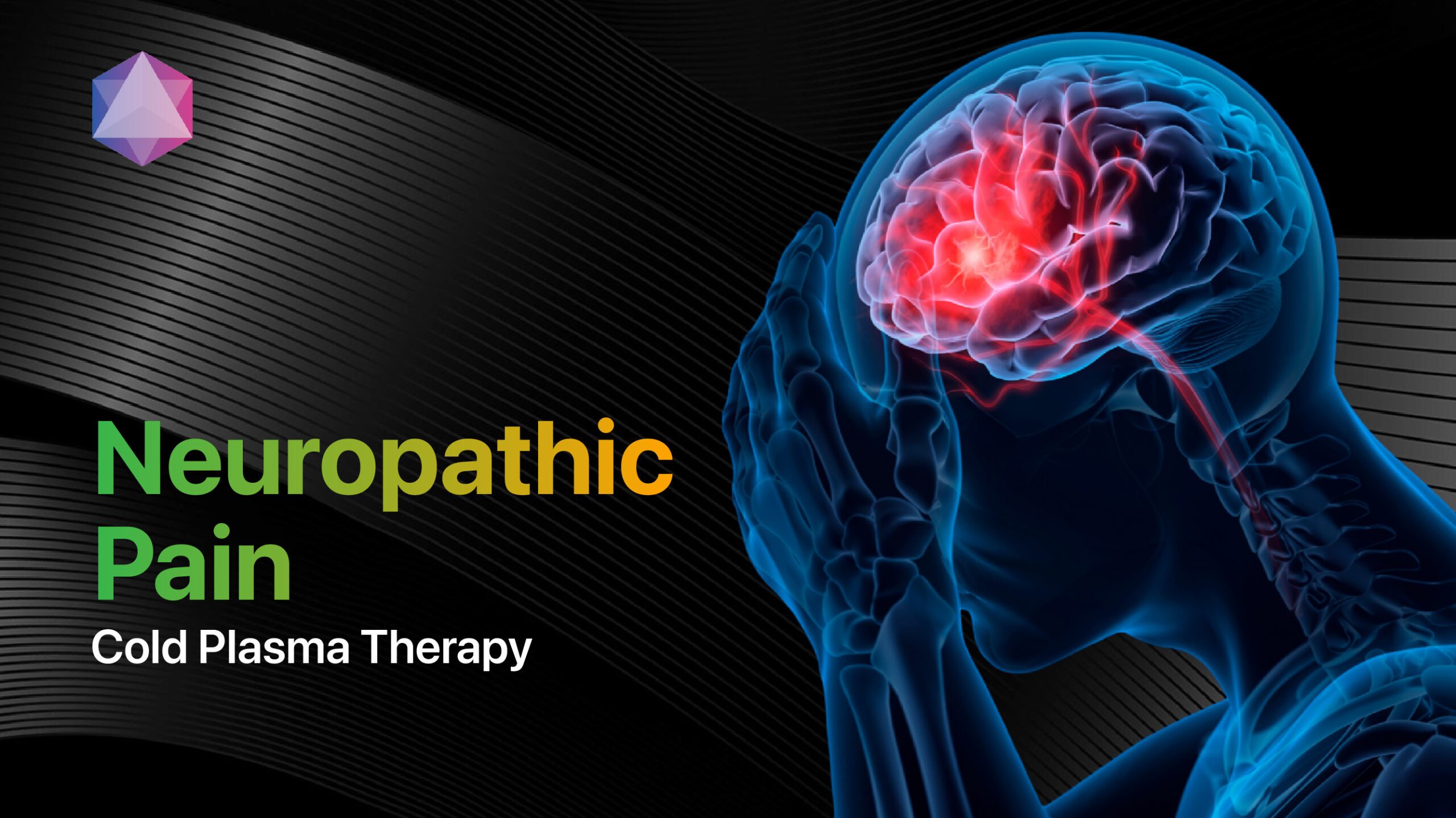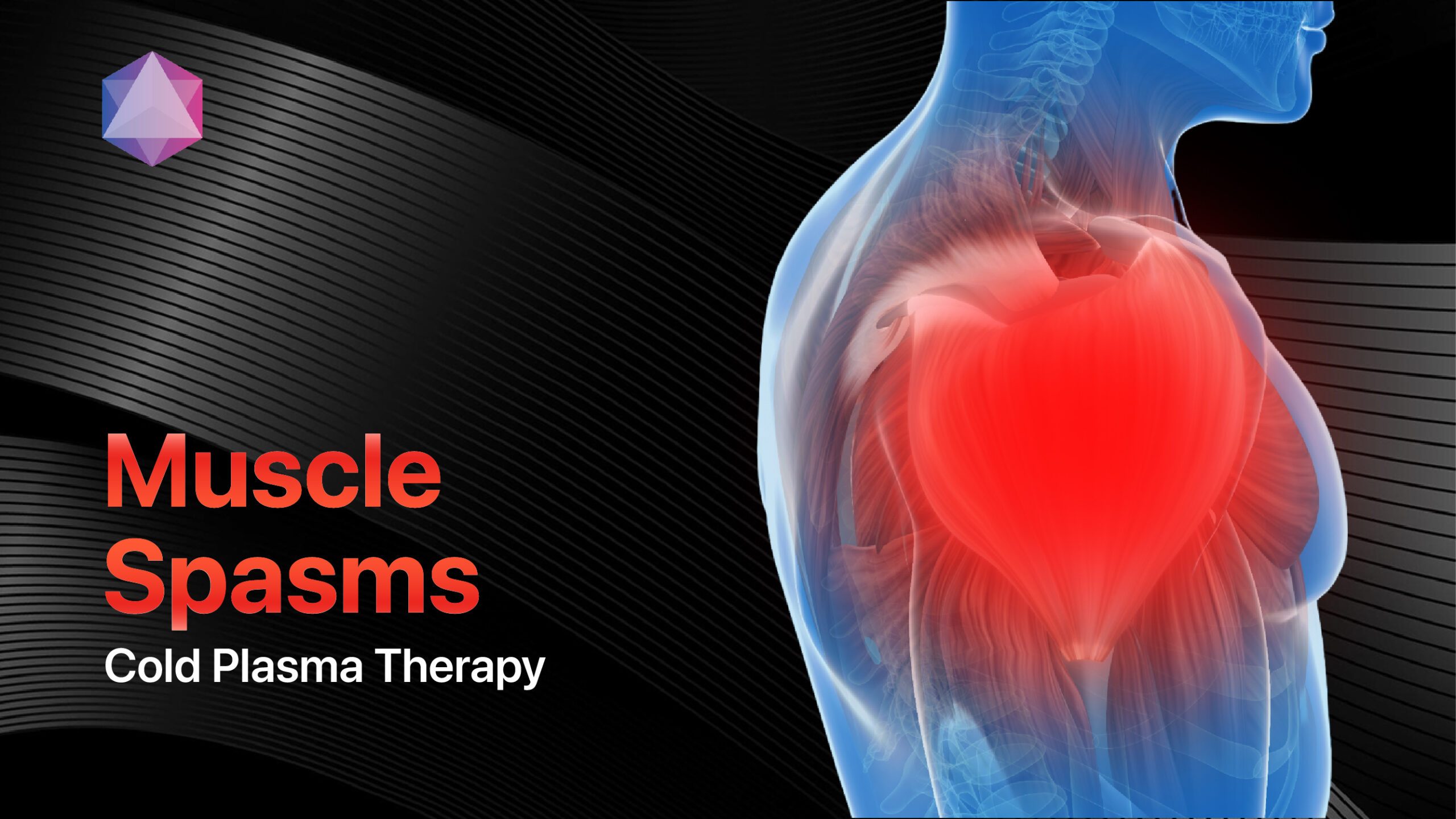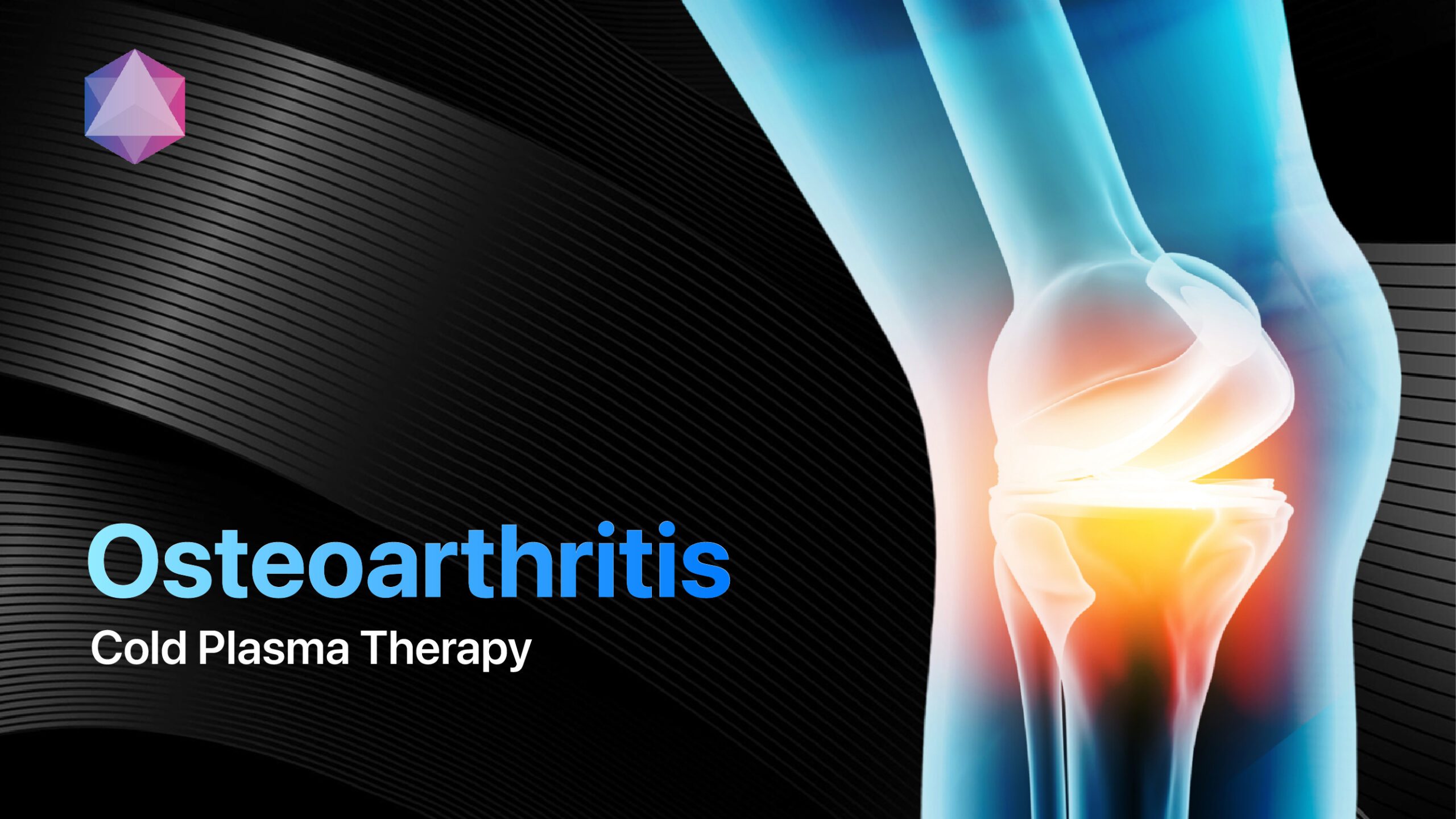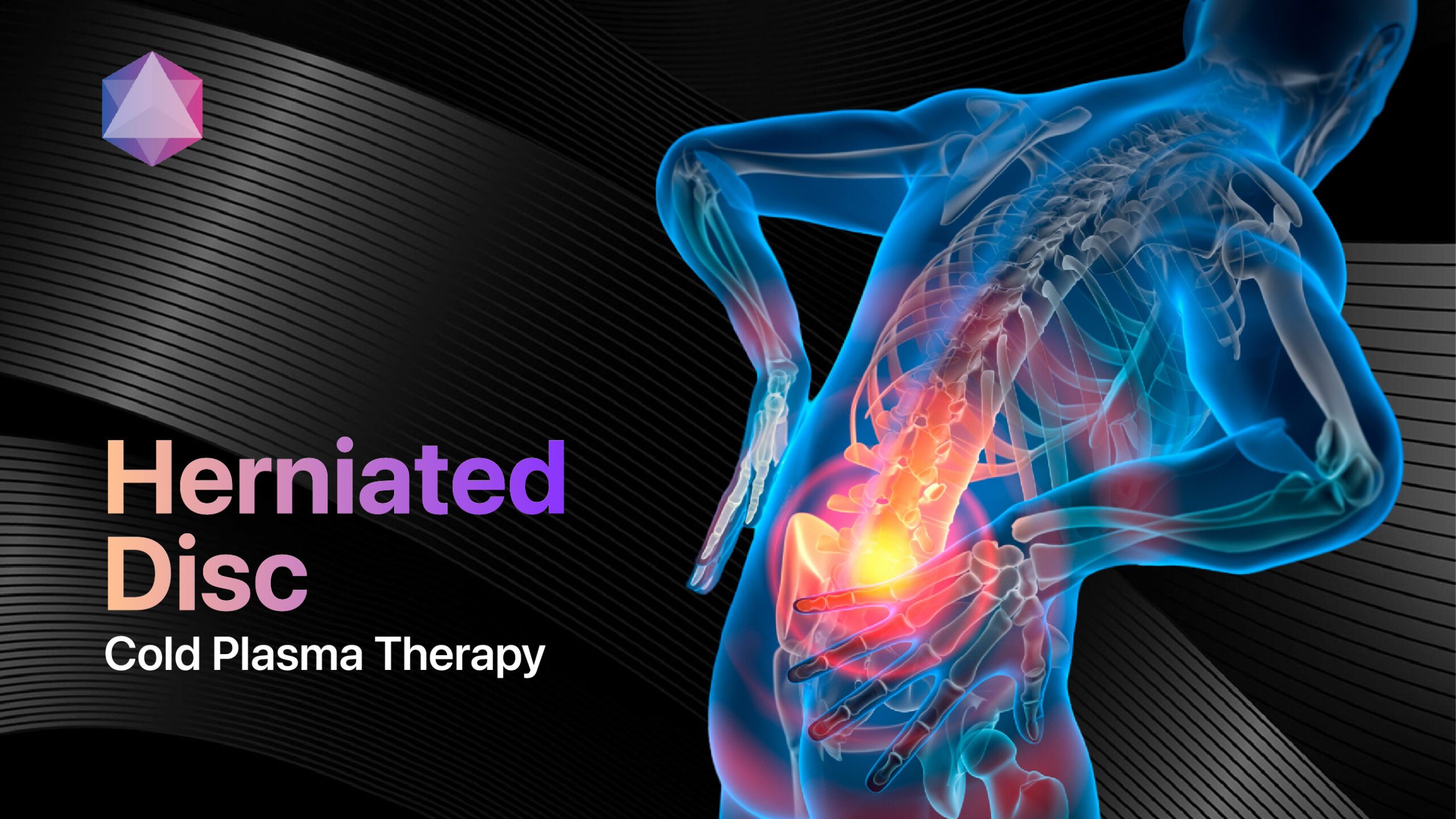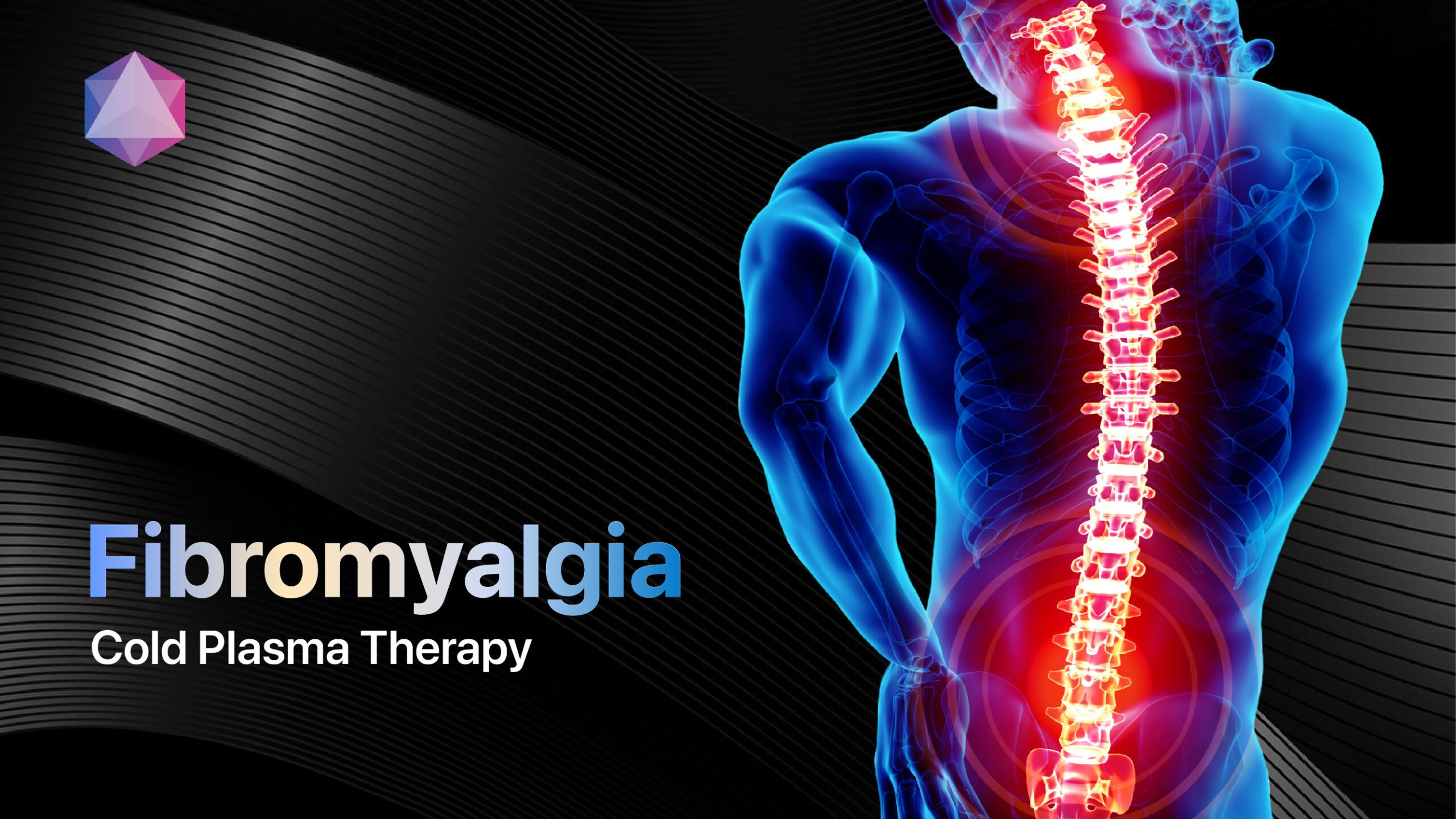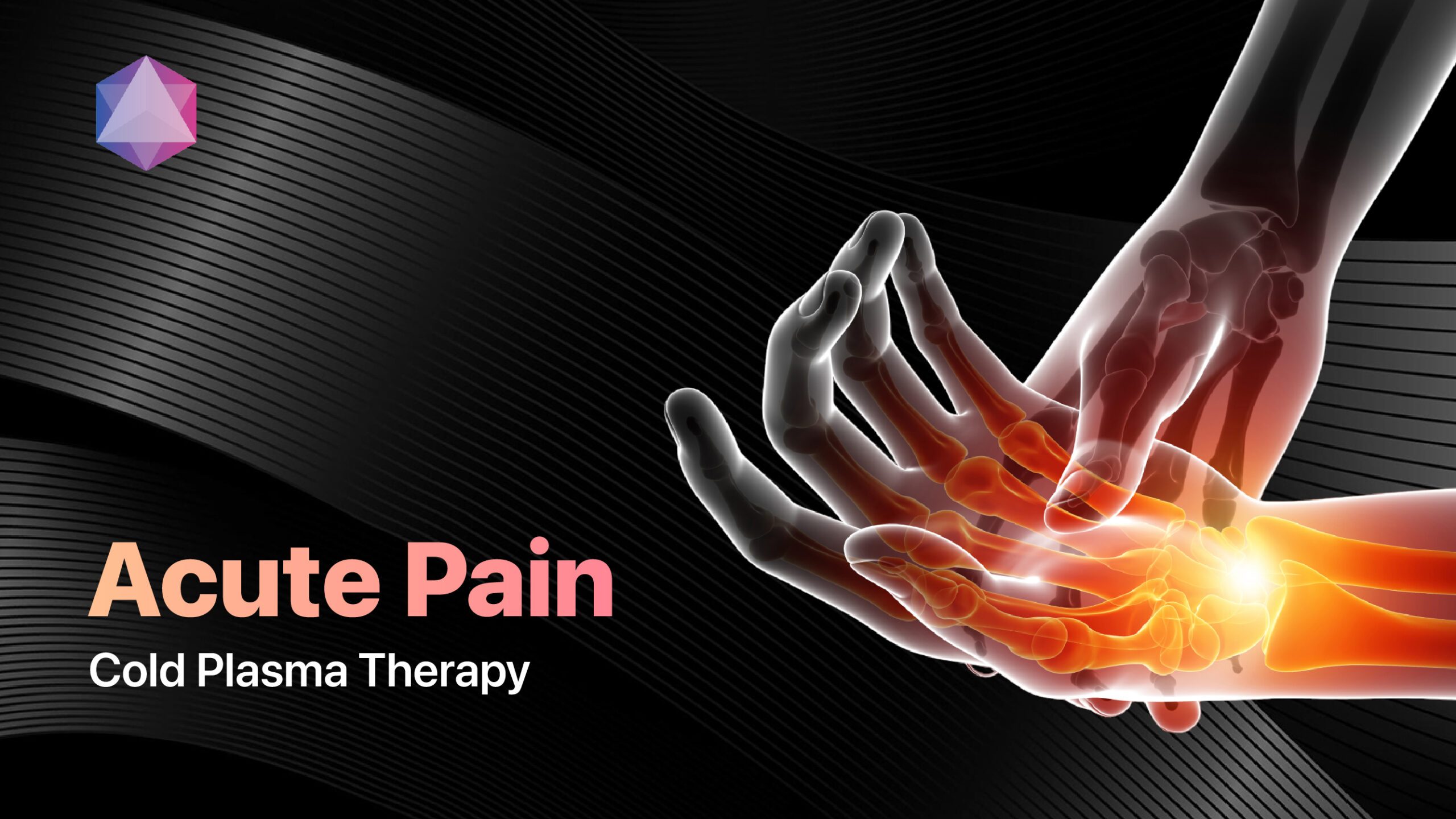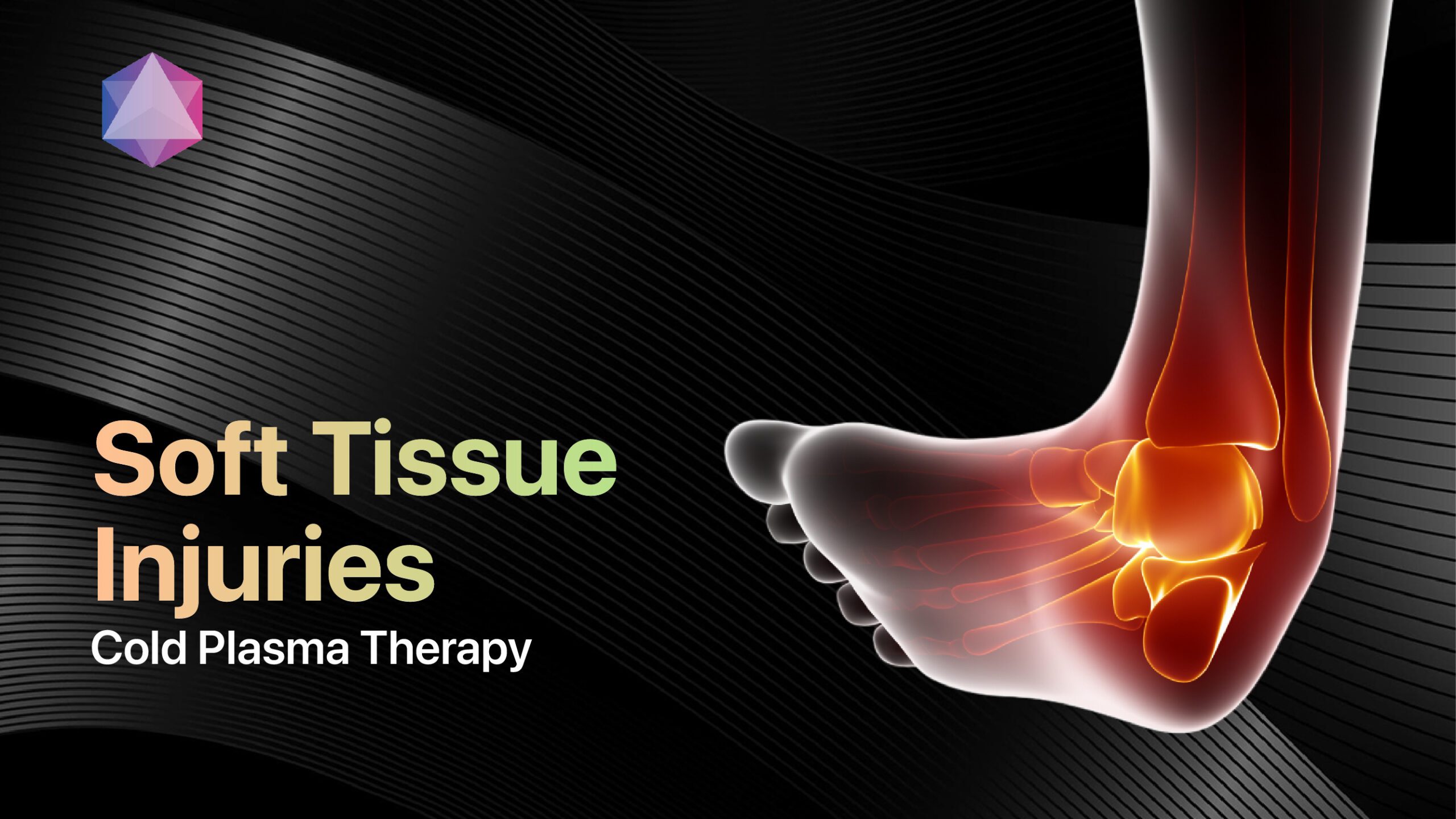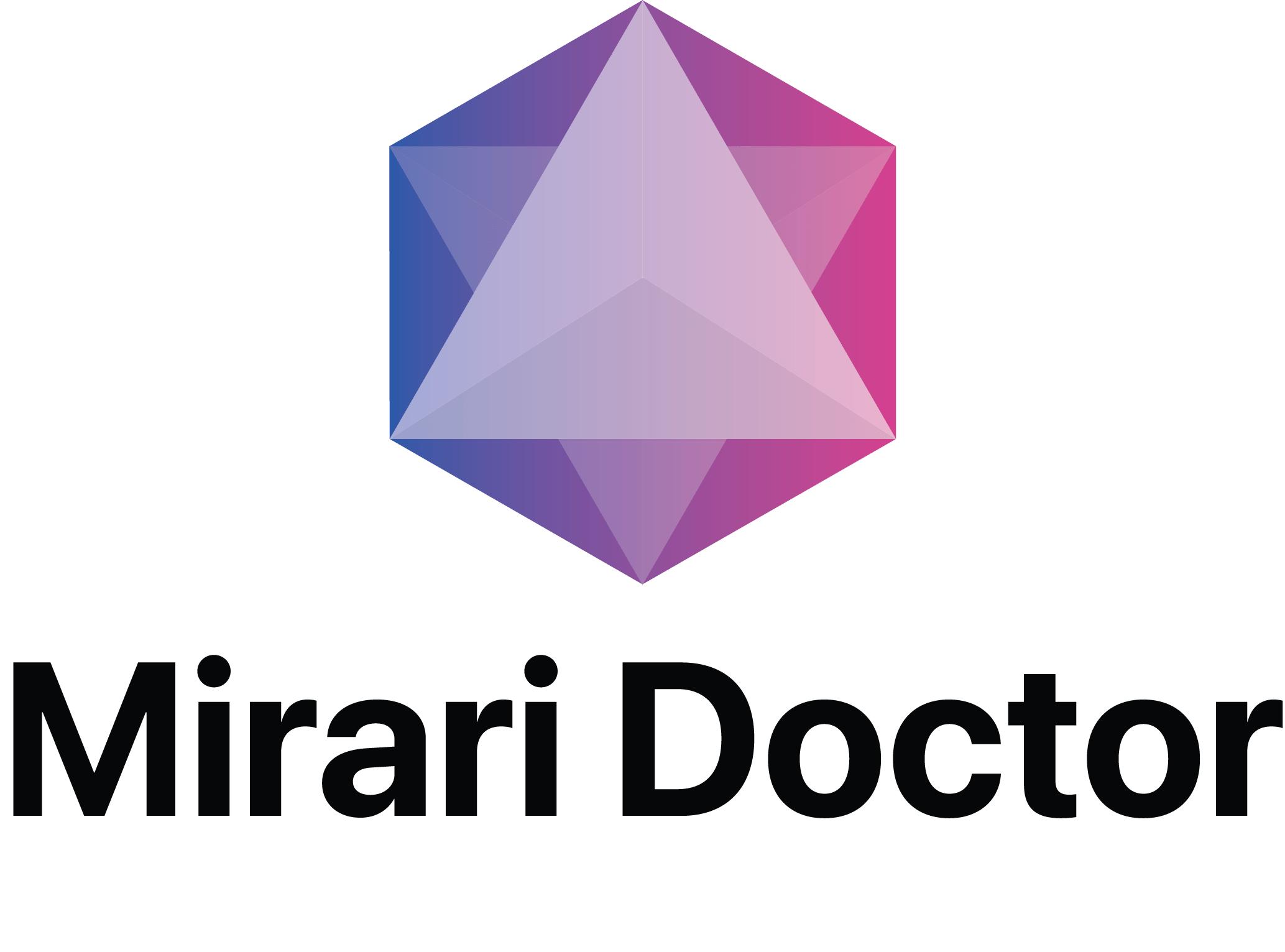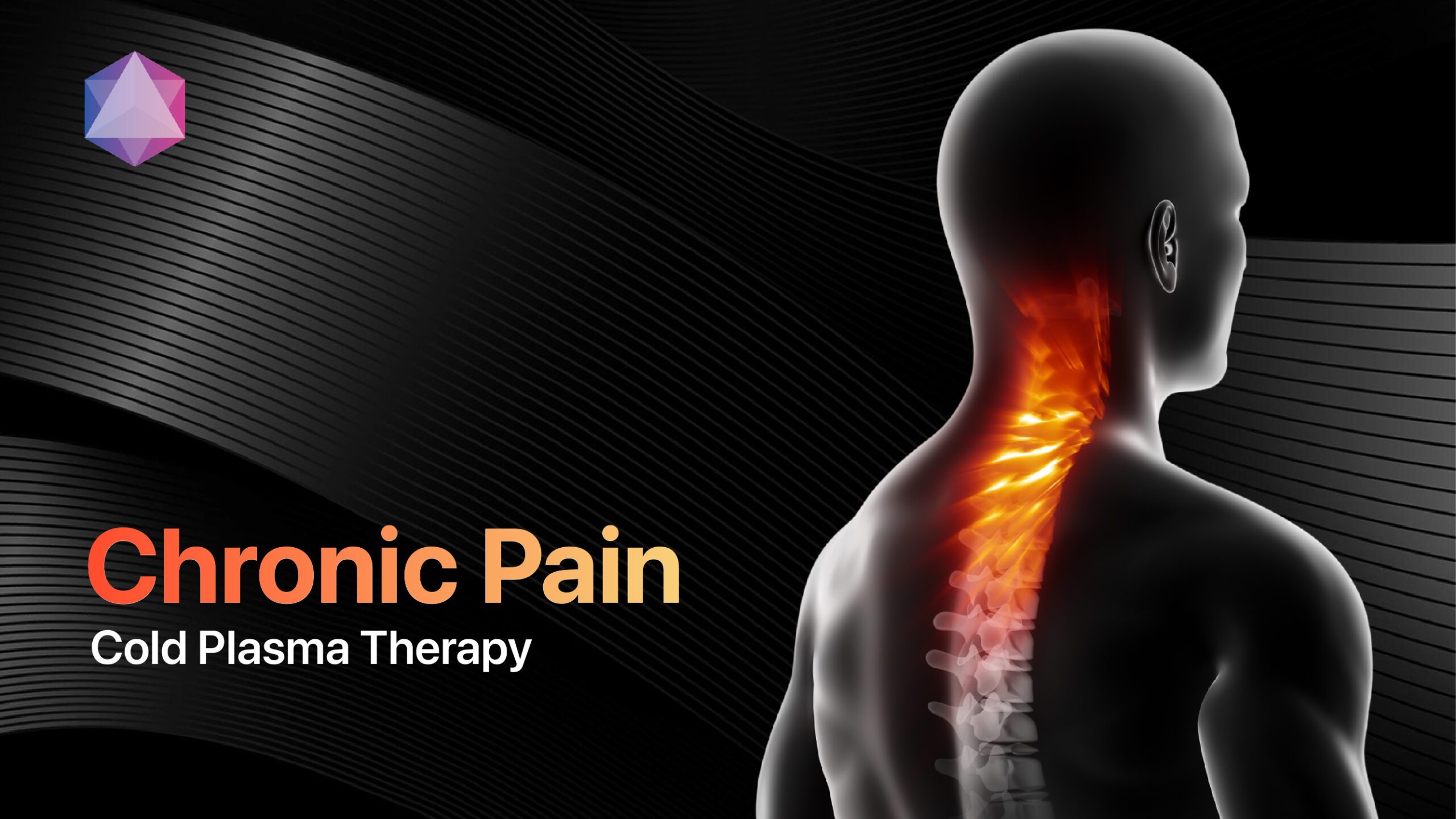
Chronic painaffects over 20% of adults worldwide—that’s more than 1.5 billion people struggling with persistent, debilitating discomfort that lasts months or years[1]. This widespread condition represents one of healthcare’s most challenging puzzles, with traditional treatments often falling short of providing lasting relief. However, 2025 marks a revolutionary turning point in pain management, as innovative cold plasma technology emerges as a groundbreaking solution that addresses the root causes of chronic pain rather than merely masking symptoms.
The landscape ofchronic pain treatmentis rapidly evolving. Recent breakthroughs include FDA approval of the first new class of pain medications in over 20 years, AI-driven pain management apps, and advanced neurostimulation therapies[2]. Among these innovations, cold plasma technology stands out as a game-changing approach that offers hope to millions seeking alternatives to pharmaceutical dependence and invasive procedures.
Understanding Chronic Pain: Global Impact and Current Challenges
What makes chronic pain different from acute pain?
Chronic painfundamentally differs from acute pain in both its duration and underlying mechanisms. While acute pain serves as a protective warning system, chronic pain persists beyond normal healing timeframes—typically lasting three months or longer[3]. This persistent discomfort often becomes a disease unto itself, involving complex changes in the nervous system that amplify and perpetuate pain signals.
Recent scientific discoveries reveal thatchronic painis physiologically distinct from acute pain. Researchers have identified specific neural pathways and mechanisms that maintain chronic pain states, opening doors to targeted treatments[4]. This understanding represents a paradigm shift from viewing chronic pain as prolonged acute pain to recognizing it as a unique medical condition requiring specialized approaches.
Key characteristics of chronic pain include:
- Persistent durationlasting months to years
- Neuroplastic changesin brain and spinal cord processing
- Central sensitizationamplifying pain signals
- Emotional componentsincluding depression and anxiety
- Functional impairmentaffecting daily activities and quality of life
Latest 2025 statistics and breakthrough research
The global burden ofchronic paincontinues to escalate, with significant societal and economic implications. The 2025 IASP Global Year focuses specifically on pain management, research, and education, emphasizing the urgent need for innovative solutions in low- and middle-income settings[5].
Breakthrough research in 2025 includes:
- Emotional regulation therapyshowing 10-point reductions on 100-point pain scales
- New molecular targetsfor cannabinoid receptors without psychoactive effects
- AI-driven personalized treatmentprotocols based on individual pain patterns
- Neurostimulation advanceswith smartphone-controlled devices
Stanford researchers have created compounds that relieve multiple types of chronic pain without building tolerance or causing side effects—a major breakthrough for pharmaceutical approaches[6]. Meanwhile, UNSW researchers developed Pain and Emotion Therapy, demonstrating that targeting emotional processing significantly reduces pain intensity[7].
Traditional Chronic Pain Treatment Limitations
Why conventional approaches often fall short
Chronic pain managementhas historically relied on a limited arsenal of treatments that often provide inadequate relief. Traditional approaches focus primarily on symptom suppression rather than addressing underlying mechanisms, leading to frustrating cycles of temporary improvement followed by symptom recurrence.
Primary limitations include:
- Opioid risksincluding addiction, tolerance, and overdose potential
- NSAID complicationssuch as gastrointestinal bleeding and cardiovascular issues
- Limited efficacywith only 30-50% of patients achieving meaningful relief
- Side effect burdenaffecting quality of life and treatment compliance
- Treatment resistancein many chronic conditions
The opioid crisis has fundamentally changed how healthcare providers approachchronic pain treatment. With over 107,000 overdose deaths annually, medical professionals desperately seek alternatives that provide effective relief without addiction risks[8].
Emerging therapies and FDA approvals in 2025
The year 2025 represents a watershed moment forchronic pain treatmentinnovation. The FDA approved suzetrigine (Journavx), the first truly new class of pain medication in over 20 years, targeting specific sodium channels without opioid-like effects[9].
Cutting-edge developments include:
- Neurostimulation deviceswith extended battery life and smartphone integration
- Regenerative medicineusing stem cells and platelet-rich plasma
- Precision medicineapproaches based on genetic testing
- Digital therapeuticscombining AI with behavioral interventions
These advances represent a shift towardpersonalized chronic pain management, where treatments are tailored to individual patients’ genetic profiles, pain characteristics, and treatment responses.
Revolutionary Cold Plasma Technology for Chronic Pain
How cold plasma transforms chronic pain management
Cold plasma technology represents a paradigm shift inchronic pain treatment, utilizing ionized gas at room temperature to generate therapeutic molecules that modulate pain pathways and promote tissue healing[10]. This innovative approach addresses multiple aspects of chronic pain simultaneously, including inflammation, nerve dysfunction, and tissue damage.
TheMirari Cold Plasma System, developed by General Vibronics and commercialized by Mirari Doctor, exemplifies this revolutionary technology. Unlike traditional treatments that mask symptoms, cold plasma therapy targets the fundamental mechanisms underlying chronic pain through controlled delivery of nitric oxide and other bioactive molecules[11].
Core therapeutic mechanisms include:
- Neural pathway modulationreducing abnormal pain signal transmission
- Anti-inflammatory effectsdecreasing tissue swelling and irritation
- Tissue regenerationpromoting repair of damaged structures
- Improved circulationenhancing oxygen and nutrient delivery
- Oxidative stress reductionprotecting cells from further damage
Scientific mechanisms behind plasma-induced healing
The therapeutic effects of cold plasma inchronic pain managementstem from controlled generation of reactive oxygen and nitrogen species (RONS) that interact with damaged tissues at the molecular level[12]. This process creates an optimal healing environment while simultaneously providing pain relief.
Nitric oxide productionrepresents a key mechanism through which cold plasma provides sustained benefits. Research demonstrates that cold plasma treatment significantly increases endothelial nitric oxide synthase (eNOS) expression, leading to enhanced NO production that affects neural signaling in pain pathways[13].
Clinical evidence shows:
- 30-50% pain reductionin various chronic conditions
- Sustained improvementsextending beyond treatment periods
- Minimal side effectscompared to pharmaceutical interventions
- Enhanced tissue healingaccelerating recovery processes
Studies involving patients with chronic wounds demonstrate that cold plasma therapy significantly accelerates healing compared to standard wound therapy, with patients experiencing both pain relief and improved tissue regeneration[14].
Mirari Cold Plasma System: Advanced Treatment Solutions
Why choose Mirari Cold Plasma for chronic pain recovery?
TheMirari Cold Plasma Systemrepresents the most advanced portable cold plasma technology available forchronic pain treatment. Available through Mirari Doctor, this innovative device has demonstrated exceptional results in treating various chronic pain conditions through its unique nitric oxide-based approach[15].
Healthcare providers report significant improvements in patient outcomes when using the Mirari system for chronic pain management. The device’s user-friendly design and comprehensive safety features make it suitable for various clinical settings, from specialized pain clinics to general medical practices.
| Parameter | Specification | Clinical Benefit |
|---|---|---|
| Operating Temperature | Room temperature (20-25°C) | Eliminates thermal damage risk |
| Treatment Duration | 15-20 minutes per session | Optimal therapeutic exposure |
| Power Output | Adjustable 2-4W | Customizable treatment intensity |
| Plasma Generation | Nitric oxide-based system | Enhanced pain pathway modulation |
| Safety Features | Automatic monitoring systems | Real-time patient protection |
| Portability | Handheld design | Flexible clinical deployment |
Clinical evidence and patient outcomes
Clinical observations with theMirari Cold Plasma Systemdemonstrate substantial improvements in chronic pain patient outcomes. Healthcare providers report that patients experience significant reductions in pain levels, improved sleep quality, and enhanced functional capacity following treatment protocols[16].
Documented benefits include:
- Reduced medication dependencedecreasing pharmaceutical needs
- Improved quality of lifeenabling return to normal activities
- Enhanced sleep patternsas pain levels diminish
- Faster functional recoverycompared to traditional treatments
- Long-term improvementsin pain management and healing
| Application Area | Treatment Protocol | Expected Outcomes | Timeline for Relief |
|---|---|---|---|
| Fibromyalgia | 20 minutes, 3x weekly | 40-60% pain reduction | 2-4 weeks |
| Chronic Back Pain | 15 minutes, daily | Improved mobility | 1-3 weeks |
| Neuropathic Pain | 20 minutes, 2x weekly | Reduced burning sensation | 3-6 weeks |
| Arthritis Pain | 15 minutes, 3x weekly | Decreased joint stiffness | 2-5 weeks |
| Complex Regional Pain | 20 minutes, daily | Enhanced nerve function | 4-8 weeks |
| Chronic Wound Pain | 15 minutes, 2x daily | Accelerated healing | 1-4 weeks |
Comparing Cold Plasma to Traditional Chronic Pain Treatments
Safety profile and treatment effectiveness
Cold plasma therapy demonstrates superior safety profiles compared to traditionalchronic pain treatments, particularly when compared to long-term medication use and invasive procedures. The non-invasive nature eliminates surgical risks while the localized treatment approach avoids systemic side effects[17].
Safety advantages include:
- No addiction potentialunlike opioid medications
- Minimal side effectswith only temporary skin irritation reported
- No drug interactionssuitable for patients on multiple medications
- Excellent toleranceacross all age groups
- No recovery downtimeallowing immediate activity resumption
Effectiveness comparison:
- Cold plasma: 40-70% improvement in clinical studies
- Opioid medications: High addiction risk with diminishing returns
- NSAIDs: Limited long-term efficacy with serious side effects
- Physical therapy: Beneficial but often insufficient alone
Research confirms that cold plasma therapy is safe and effective for chronic conditions, with adverse effects such as pain, burning sensation, and itching being mild and significantly reduced after treatment[18].
Integration with multimodal therapy approaches
TheMirari Cold Plasma Systemserves as an excellent cornerstone for comprehensive chronic pain management strategies. This integration approach maximizes therapeutic benefits while addressing multiple aspects of chronic pain pathology[19].
Synergistic treatment combinations include:
- Cold plasma + physical therapyenhancing exercise tolerance
- Cold plasma + psychological supportaddressing emotional components
- Cold plasma + lifestyle modificationsoptimizing overall health
- Cold plasma + targeted medicationsreducing pharmaceutical requirements
Benefits of integrated approaches:
- Enhanced overall effectivenessthrough complementary mechanisms
- Reduced treatment costsby optimizing resource utilization
- Improved patient satisfactionthrough comprehensive care
- Better long-term outcomesaddressing root causes
Patient Care Guidelines and Recovery Protocols
Optimizing chronic pain treatment outcomes
Effectivechronic pain managementrequires comprehensive approaches that address both immediate symptom relief and long-term functional restoration. Cold plasma therapy offers unique advantages in achieving these dual objectives through its regenerative and anti-inflammatory properties[20].
Treatment planning considerations:
- Pain assessmentusing validated measurement tools
- Functional evaluationdetermining activity limitations
- Psychological screeningidentifying emotional components
- Medical history reviewensuring treatment compatibility
- Goal settingestablishing realistic expectations
Essential elements of successful treatment:
- Regular monitoringtracking progress and adjusting protocols
- Patient educationensuring understanding of the condition and treatment
- Lifestyle modificationssupporting overall health and healing
- Family involvementcreating supportive environments
- Multidisciplinary coordinationintegrating various specialists
Long-term management strategies
Chronic pain recoveryextends beyond initial treatment, requiring ongoing strategies to maintain improvements and prevent symptom recurrence. Cold plasma therapy provides an excellent foundation for long-term management protocols[11].
Maintenance protocol elements:
- Scheduled follow-upsmonitoring long-term progress
- Preventive treatmentsduring high-risk periods
- Activity pacingbalancing engagement with rest
- Stress managementaddressing psychological triggers
- Community supportconnecting with others facing similar challenges
Success indicators include:
- Sustained pain reductionmeasured by validated scales
- Improved functional capacityenabling daily activities
- Enhanced quality of lifeacross multiple domains
- Reduced healthcare utilizationindicating better self-management
- Medication optimizationachieving goals with minimal side effects
Patient-Focused Frequently Asked Questions
How quickly can I expect relief from cold plasma treatment for my chronic pain?
Most patients withchronic painbegin experiencing improvement within 2-4 weeks of starting cold plasma therapy. Unlike acute conditions that may show immediate results, chronic pain requires time for underlying tissue healing and neural pathway normalization[10]. Many patients report gradual reduction in pain intensity, with cumulative benefits becoming more apparent over several weeks of consistent treatment. The timeline varies based on pain duration, severity, and individual healing capacity, but most patients notice meaningful improvement within the first month of treatment. Some experience immediate comfort during sessions, while others see progressive benefits with each treatment.
Can cold plasma therapy be used safely alongside my current chronic pain medications?
Yes, cold plasma therapy can be safely combined with mostchronic pain medications, as it works through different mechanisms than pharmaceutical treatments. The localized nature of cold plasma means it doesn’t interfere with systemic medications such as anticonvulsants, antidepressants, or opioids[17]. Many patients find they can gradually reduce their medication requirements when cold plasma is included in their treatment plan, which is particularly beneficial given the side effects associated with long-term medication use. However, any medication changes should be made under medical supervision. The integration of cold plasma with existing chronic pain management protocols often produces superior outcomes compared to single-treatment approaches.
What should I expect during a cold plasma treatment session for chronic pain?
During a cold plasma treatment session forchronic pain, patients experience a comfortable, non-invasive procedure lasting 15-20 minutes. The healthcare provider positions the Mirari Cold Plasma device over affected areas, moving the applicator systematically to ensure complete coverage[15]. Patients may feel mild warmth or tingling sensations, but the treatment remains painless and well-tolerated. Many patients find the experience relaxing and report feeling more comfortable during the session. The treatment environment is similar to other outpatient procedures, with no special preparation required. Treatment frequency depends on condition severity and patient response, with typical protocols involving 2-3 sessions per week initially.
Are there any side effects or risks associated with cold plasma therapy for chronic pain?
Cold plasma therapy demonstrates excellent safety profiles forchronic pain treatmentwhen administered according to established protocols. The most common side effects are mild and temporary, including slight skin irritation that resolves quickly after treatment[18]. The technology operates at room temperature, eliminating thermal burn risks while providing effective therapeutic benefits. Clinical studies report that adverse effects such as pain, burning sensation, and itching are mild and significantly reduced after treatment. The non-invasive nature makes it suitable for patients who may not tolerate pharmaceutical interventions due to allergies or medication sensitivities. Healthcare providers should evaluate patients with implanted electronic devices or active infections, as these may represent contraindications.
How does the Mirari Cold Plasma System compare to other chronic pain treatments?
TheMirari Cold Plasma System, developed by General Vibronics and available through Mirari Doctor, offers several distinct advantages forchronic pain treatmentcompared to traditional approaches. Unlike medications that may cause side effects or invasive procedures that carry risks, the Mirari system provides localized treatment without systemic complications[11]. The device’s nitric oxide-based technology addresses multiple pain mechanisms simultaneously, offering both immediate symptom relief and long-term healing benefits. Healthcare providers report that patients using the Mirari system experience comprehensive improvement in chronic pain symptoms, including reduced pain intensity, improved sleep quality, and enhanced functional capacity. The system’s ability to reduce medication dependence while promoting actual tissue healing makes it a valuable addition to comprehensive chronic pain management protocols.
Medical Disclaimer:This information is for educational purposes only and should not replace professional medical advice. Always consult with qualified healthcare providers before beginning any new treatment for chronic pain or other medical conditions.
References
- Mirari Doctor. (2025). Mirari Cold Plasma for Chronic Pain: A Comprehensive Guide./cold-plasma-for-chronic-pain/
- WebMD. (2025). What’s New in Pain Management.//www.webmd.com/pain-management/20250121/whats-new-for-pain-management-in-2025
- IASP. (2025). 2025 IASP Global Year – Pain Management, Research and Education.//www.iasp-pain.org/advocacy/global-year/pain-management-research-and-education-in-low-and-middle-income-settings/
- Medical Xpress. (2025). Discovery of distinct pathway for chronic pain opens door.//medicalxpress.com/news/2025-06-discovery-distinct-pathway-chronic-pain.html
- IASP. (2025). 2025 IASP Global Year – Pain Management, Research and Education.//www.iasp-pain.org/advocacy/global-year/pain-management-research-and-education-in-low-and-middle-income-settings/
- Stanford News. (2025). Researchers design new compound with promise to treat.//news.stanford.edu/stories/2025/03/a-new-molecule-that-targets-a-cryptic-pocket-on-the-body-s-cannabinoid-receptors-could-lead-to-safer-drugs-for-chronic-pain
- UNSW Newsroom. (2025). New chronic pain therapy retrains the brain to process emotions.//www.unsw.edu.au/newsroom/news/2025/05/new-chronic-pain-therapy-retrains-brain-to-process-emotions
- California Pain. (2025). Chronic pain relief new treatments: 9 Breakthrough.//californiapain.com/chronic-pain-relief-new-treatments/
- WebMD. (2025). What’s New in Pain Management.//www.webmd.com/pain-management/20250121/whats-new-for-pain-management-in-2025
- Mirari Doctor. (2025). Cold Plasma in Pain Relief: Revolutionary Non-Invasive Treatment./cold-plasma-in-pain-relief/
- Mirari Doctor. (2025). Chronic Pain: Comprehensive Understanding and Cold./chronic-pain/
- PubMed. (2022). Efficacy of Cold Atmospheric Plasma Therapy on Chronic Wounds.//pubmed.ncbi.nlm.nih.gov/36262869/
- Mirari Doctor. (2025). Cold Plasma in Pain Relief: Revolutionary Non-Invasive Treatment./cold-plasma-in-pain-relief/
- PubMed. (2023). Cold Plasma Therapy in Chronic Wounds-A Multicenter.//pubmed.ncbi.nlm.nih.gov/37568525/
- LinkedIn. (2024). MIRARI® Cold Plasma System for various medical conditions.//www.linkedin.com/posts/miraridoctor_home-activity-7218471991354249217-g9_D
- YouTube. (2024). Managing chronic pain using cold plasma therapy without.//www.youtube.com/watch?v=Ox64dUdk0qs
- PubMed. (2025). Update on chronic pain management.//pubmed.ncbi.nlm.nih.gov/39915644/
- Vietnam Medical Journal. (2025). Investigating Adverse Effects of Cold Plasma Therapy.//tapchiyhocvietnam.vn/index.php/vmj/article/download/5055/4625/9322
- LinkedIn. (2024). Mirari Doctor’s Post – Acute Pain Relief.//www.linkedin.com/posts/miraridoctor_mirari-doctor-the-secret-to-cell-rejuvenation-activity-7258712123965386752-dYDl
- Mayo Clinic. (2025). Pain Management Webinar Series 2025.//ce.mayo.edu/pain-medicine/content/pain-management-webinar-series-2025
Related articles
Made in USA


